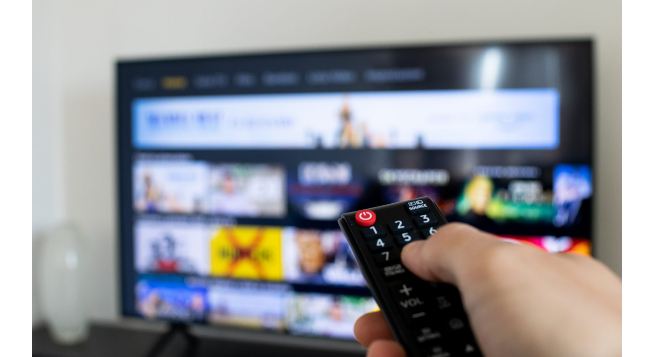Indianbroadcastingworld.com few days back reported that the Indian government has notified a new rule that mandates all TV sets being manufactured in the country or being shipped will by 2025 have to have in-built digital satellite TV tuners capable of receiving signals from free to air (FTA) broadcasts without the help of a set-top-box.
The notification, issued by the Ministry of Electronics and IT (Meity), is dated April 26, 2023 and, would largely benefit public broadcaster Doordarshan’s free-to-air DTH service, FreeDish
The mandate, which came after deliberations amongst government agencies as I had pointed out earlier in a column, is a selective implementation of the regulator TRAI recommendations on the interoperability of set-top boxes that has been with the Ministry of Information and Broadcasting (MIB) since 2020.
The latest move also comes at a time when both the pay TV channels and distributors are already blaming DD FreeDish for a drop in their subscriber base.
It is surprising that the Telecom Regulatory Authority of India (TRAI)’s original recommendations, a result of prolonged consultations with the stakeholders, is still pending at the MIB for a stand to be taken on it.
In the last three years, the country has lost more than $ 600 million in terms of churned boxes, as every year the DTH sector alone accounts for a churn of 10 million boxes.
The mandate from Ministry of Electronics and IT (Meity) to include the satellite digital TV tuners in television sets has again opened a debate on the issue; especially as the MIB has asked MSOs and DTH operators to give information of the boxes deployed in the last three years and reveal deployment plans for the next two years.
MIB is examining the cost implications of implementing the TRAI recommendations of USB CI+2.0 in the STBs and TV sets as per a note sent to stakeholders seeking inputs from DPOs.
The cost implication is a no-brainer. The USB port on nearly all STBs and TV sets only need a software stack to be installed in the hardware as all major TV brands, such as LG, Samsung and Sony, do have them inside the sets owing to necessities of the European markets where the trend is moving towards the USB CI+.
For DTH operators, who have been asking for removal of the CI slot from the STBs to save a dollar per box, this is an opportunity to achieve that as the DTH boxes have USB ports. Thus, no additional hardware change is needed.
The implementation of the TRAI recommendations would not only save precious foreign exchange, but will go a long way in giving a fillip to the Make in India concept as producing a USB CI+2.0 CAM is easy and has very small component footprint.
The easiest route for the MIB is to accept the TRAI recommendations in totality and go for their implementations along with the Meity mandate. The upside is that DPOs will automatically follow on the implementation part as they wish to get out of the distribution of STBs that is a drag on their company bottomlines.
The consumer too will be happy as he would have to deal with a single remote, which, in turn, will also help conserve electricity and would entail lesser service issues for DPOs. It is a win-win situation for all.
One can only hope the MIB mandarins look at the issue with an open mind, while the industry views it as a positive step.
(Rajiv Khattar, the author, is a media industry veteran and a consultant, specializing in tech and satellite matters. His last assignment was as the South Asia head for a global satellite company, ABS. Before that, he spent almost two decades with the Zee group in various leadership positions in Siti Cable [now Siti Networks] and Dish TV. In between, for a short while he also did a stint at Reliance Industries’ media unit. The views expressed are those of the author and Indianbroadcastingworld.com is not responsible for them, nor necessarily subscribes to them.)
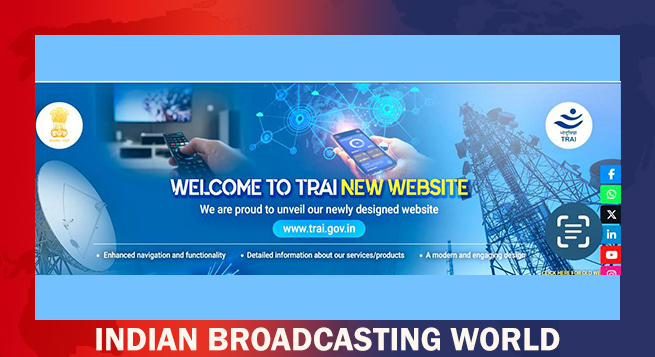 TRAI revamps website to connect with wider audience
TRAI revamps website to connect with wider audience  Prime Video to limit in India number of TV sets having access per subscription
Prime Video to limit in India number of TV sets having access per subscription 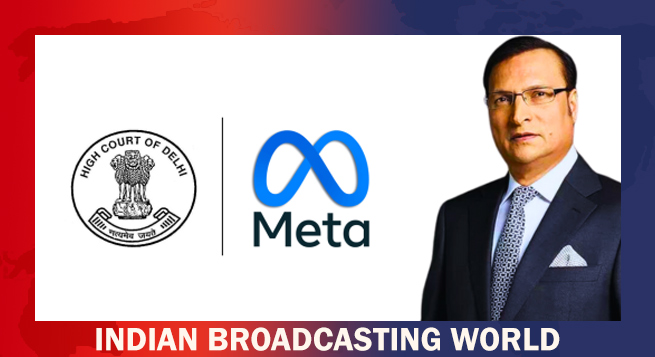 Delhi HC orders meta to remove deepfake videos of Rajat Sharma
Delhi HC orders meta to remove deepfake videos of Rajat Sharma 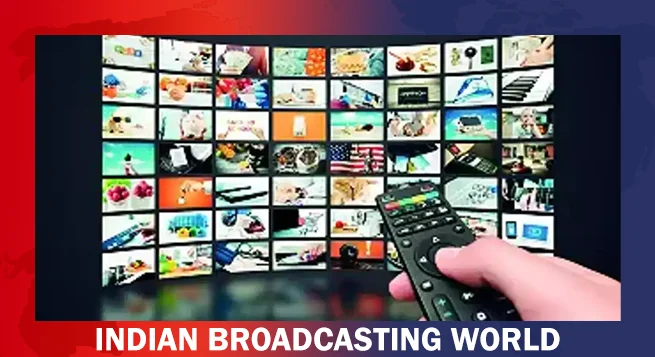 Govt. blocked 18 OTT platforms for obscene content in 2024
Govt. blocked 18 OTT platforms for obscene content in 2024 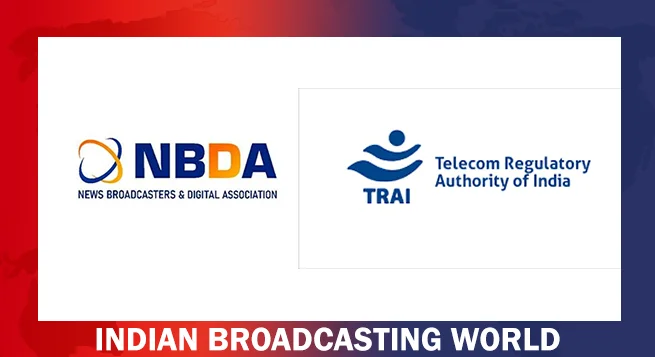 Broadcasting industry resists inclusion under Telecom Act
Broadcasting industry resists inclusion under Telecom Act  DTH viewing going down & a hybrid ecosystem evolving: Dish TV CEO
DTH viewing going down & a hybrid ecosystem evolving: Dish TV CEO 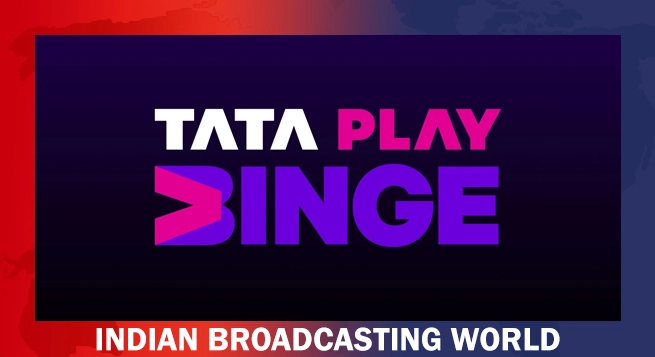 Tata Play Binge brings Christmas movie lineup
Tata Play Binge brings Christmas movie lineup  ITG elevates Siddharth Zarabi to BT multiverse Editor
ITG elevates Siddharth Zarabi to BT multiverse Editor 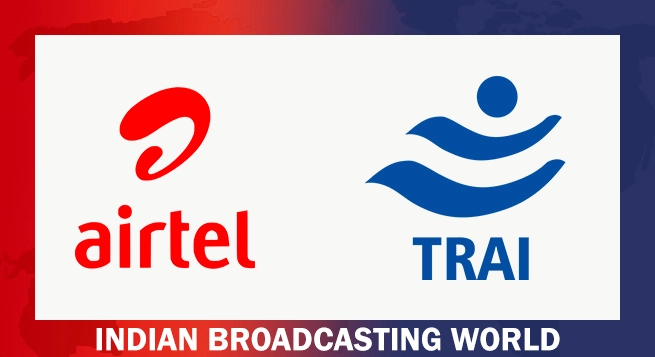 Airtel leads subscriber growth with 1.93mn additions in October
Airtel leads subscriber growth with 1.93mn additions in October 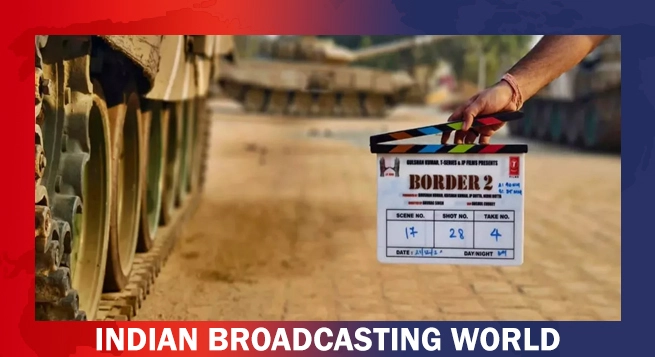 ‘Border 2’ begins filming
‘Border 2’ begins filming  Asianet announces festive programming for Christmas 2024
Asianet announces festive programming for Christmas 2024 


